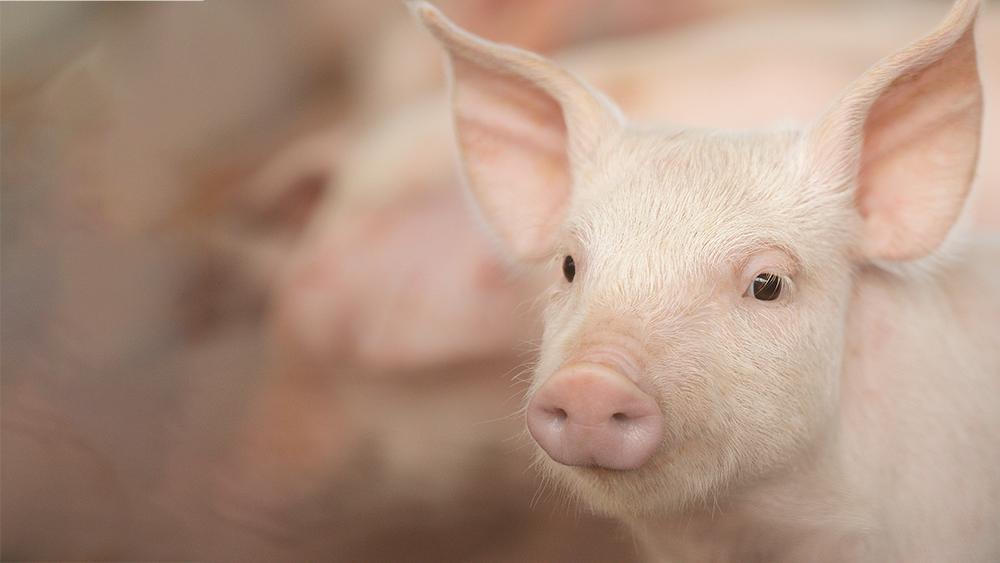Framework will demonstrate how genetic improvements support sustainable pork production and bolster corporate climate pledges

PIC
PIC and the National Pork Board announced today they are teaming up to develop a framework that will demonstrate the critical role genetics play in creating a more sustainable protein supply.
Choosing the right genetics is critical to producing healthier, more resilient pigs. Healthy pigs typically eat better, use less water and reach market weight sooner, which can create significant environmental benefits. To date, the pork industry has not been able to quantify the environmental benefits accomplished through genetic improvements. Further, genetics have not been accounted for in corporate Environmental, Social and Governance (ESG) reporting or utilized as an intervention to reduce greenhouse gas emissions.

National Pork Board
“Corporations are increasingly interested in addressing climate change and reducing greenhouse gas emissions. When we use genetic improvements to increase the health and resilience of our herds, it improves feed efficiency and reduces waste, making protein production more sustainable,” said Bill Christianson, Chief Operating Officer of PIC. “We’re proud to be collaborating with National Pork Board to establish a framework that will show genetic improvements are an effective way to mitigate emissions, allowing corporations to claim greenhouse gas reductions.”1
Many food system stakeholders have made aggressive climate pledges and are seeking opportunities to mitigate their environmental footprints. To make progress towards these climate goals, they will need to reduce Scope 3 Greenhouse Gas (GHG) emissions resulting from their up and downstream value chain partners, including pork producers. The framework will establish a standardized process for corporations to understand and measure how genetic improvements make pork production more efficient, supporting their climate commitments.
“America’s 60,000-plus pig farmers are dedicated to building on the progress already made in the sustainability of pork production, and National Pork Board’s collaboration with PIC will create an innovative opportunity to advance this commitment,” said Ashley McDonald, vice president of sustainability for National Pork Board. “This work will create a universal framework that empowers genetics suppliers and pork producers to quantify the value of the work they’re doing to enhance the industry’s environmental performance and support their customers’ sustainability goals.”
PIC and National Pork Board will start developing the framework this fall. To learn more about PIC, visit pic.com. To learn more about National Pork Board, visit porkcheckoff.org.
1. Scholtz et al., 2013. S. Afr. J. Animal Sci. vol. 43.






